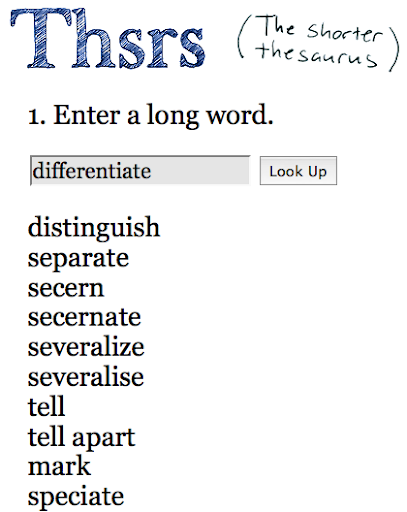
TechSmith - the people behind Camtasia Studio, SangIt and Jing have just announced the public beta of Camtasia Relay. Camtaisa Relay is intended for schools and organizations that want to get more users screencasting but don't have a user-base that is comfortable with all of the steps involved in using Camtasia Studio. You install Camtasia Relay on a server and thin client recording software on all of the computers that will be recording. All of the work is done at the server, including:
- recording,
- processing,
- publishing, and
- distributing.
So, what is Camtasia Relay? It is lecture and presentation capture for the masses - perfect for businesses and academia. Say you are a professor and you want to capture and share your lecture. Camtasia Relay makes it easy for you to do this - there is a simple recorder that's easy to use (see pic on the left). Step in the classroom or the boardroom, tell Camtasia Relay to record and deliver your presentation. After you're done recording, Camtasia Relay does all the work for you. You can automatically produce the recording into different formats, name the files and copy the files to different servers. There is an automated distribution system to share your recorded presentations easily.Click this link to watch a video explaining Camtasia Relay.
This is TechSmith's first server-side offering. And, no new hardware is required - Camtasia Relay runs securely on your existing networks, Windows servers, PCs and Macs. The Camtasia Relay recorder runs on the local machine. It records full motion video so you capture exactly what happens during a lecture or presentation.










